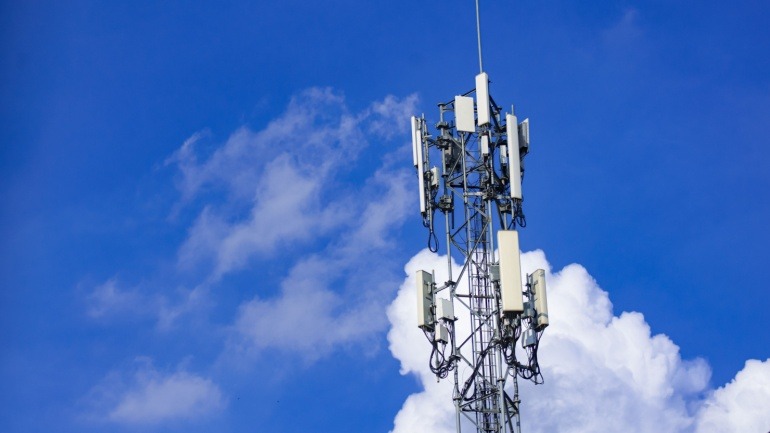Verizon’s integration of Qualcomm’s Dragonwing RAN Intelligent Controller with Samsung’s AI-powered Energy Saving Manager marks a leap in the telecom space. Utilizing AI and Open RAN technology, Verizon seeks to enhance energy efficiency and RAN management.
Ericsson, Dell, and Red Hat are advancing Open RAN by innovating on O-RAN standards, focusing on interoperability and cloud-native solutions. Their collaboration on the O2 interface enhances seamless multi-vendor integration, ensuring efficient network management.
Rakuten Mobile is amplifying its presence in the U.S. to push Open RAN forward, a key focus of the NTIA’s Public Wireless Supply Chain Innovation Fund. This move aims to strengthen the telecommunications supply chain and foster competition in the wireless sector.
Open RAN technology struggled in 2024, with a revenue decline of nearly half a billion dollars. Despite this setback, there is optimistic potential for Open RAN’s long-term growth, especially with increased 5G activity.
The U.S. government’s recent $273 million allocation through the Wireless Innovation Fund marks a pivotal advancement in the realm of VoIP and wireless technology. By promoting Open Radio Access Networks (Open RAN), this initiative supports the creation of cutting-edge Open Radio Units (ORUs), propelling the telecommunications industry’s VoIP capabilities and competitiveness.
Liberty, a leading Puerto Rican telecom operator, partners with Samsung Networks Latin America to revolutionize communication by testing vRAN and Open RAN technologies. This initiative establishes Liberty as a pioneer in Puerto Rico, enhancing their 5G network’s efficiency and flexibility.
Deutsche Telekom has partnered with Nokia to upgrade its Open RAN network in Germany, replacing Huawei equipment. This move will see over 3,000 Open RAN sites enhanced nationwide.
Aramco Digital is eyeing a $1 billion minority stake in Mavenir, potentially valuing the telecom tech firm at $3 billion. Struggling with debt, Mavenir seeks urgent funding amid slow Open RAN adoption.
Verizon’s deployment of an Open RAN Distributed Antenna System (DAS) at the University of Texas and Austin Convention Center showcases an innovative leap in telecommunications. Open RAN is pivotal for flexible and efficient network services by utilizing components from multiple vendors.
Viettel has launched Vietnam’s first commercial O-RAN 5G network, powered by Qualcomm’s advanced 5G platforms. The rollout, featuring over 300 sites by 2025, includes cutting-edge infrastructure like the Qualcomm X100 and QRU100 platforms.













